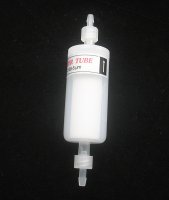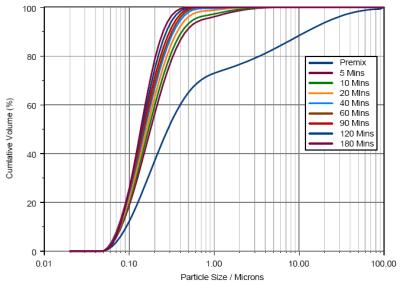- Thread starter
- #11
Smile
Printer Master
- Joined
- Aug 23, 2006
- Messages
- 1,914
- Reaction score
- 417
- Points
- 253
- Location
- Europe EU
- Printer Model
- Canon, Brother, HP, Ricoh etc.
I taught that OCP inks are suppose to be 80% cheaper than OEM inks,
so how cheap can cheap be.. ?
I just gave it a try, the PGI-40 is removable head/cart combo and it worked.
As you see the reused ink is free! And it is perfect if you have dye printer, if you have also pigment ink it may clog due to pigments (you would need to filter it before use but if filtered usable also).






